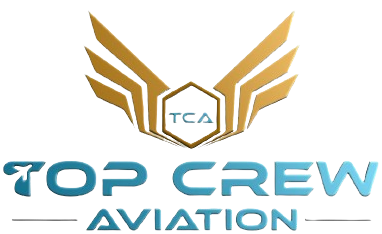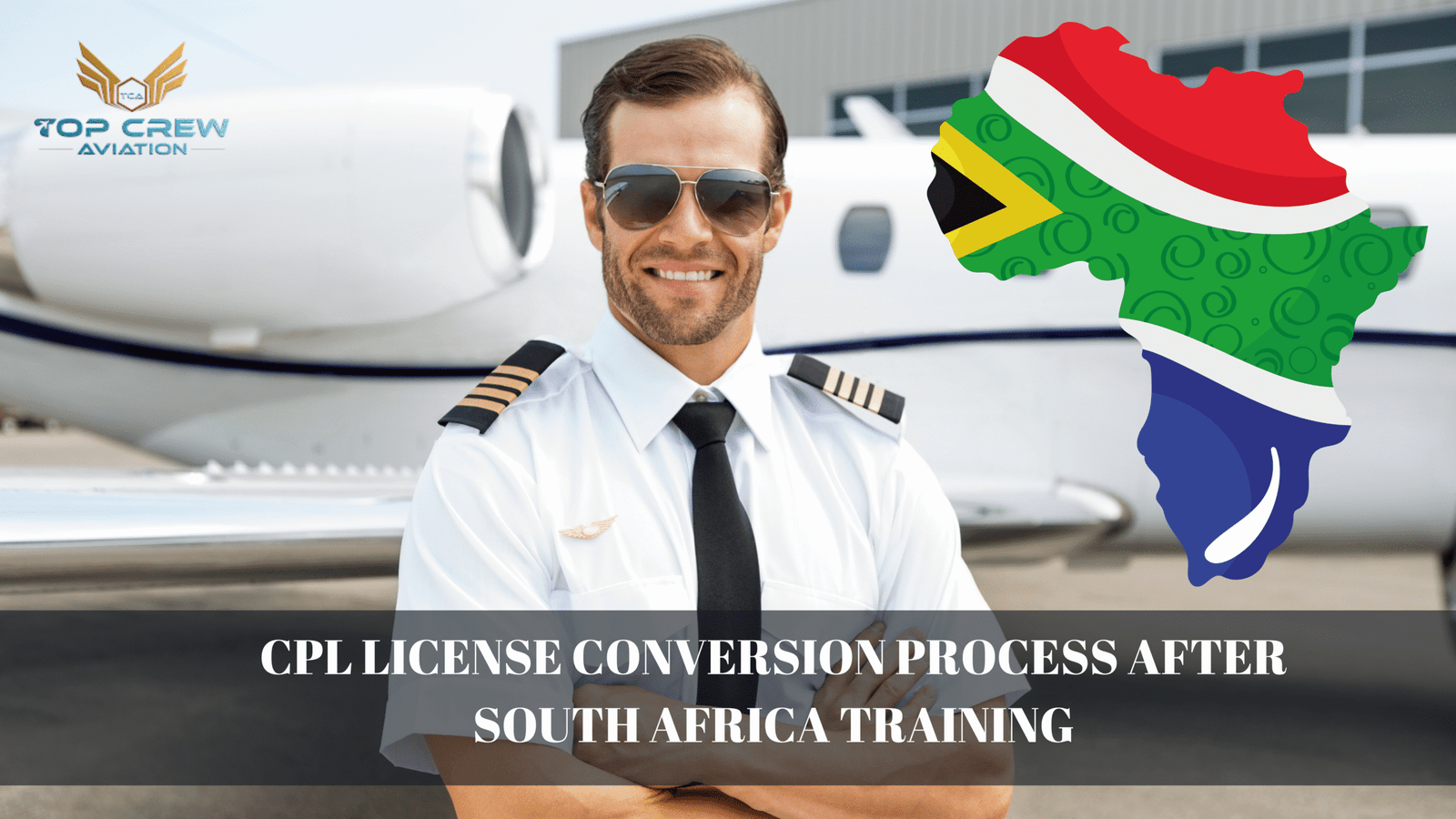Becoming a commercial pilot is a dream for many aspiring aviators. One of the critical steps in the journey is obtaining a Commercial Pilot License (CPL). However, for those who have completed their pilot training abroad, particularly in countries like South Africa, understanding the process of converting their license to comply with their home country’s aviation regulations can seem overwhelming.
In this blog, we will break down the CPL license conversion process after undergoing training in South Africa, ensuring that the steps are clear and user-friendly for those navigating this essential transition.
Understanding the CPL License
Before diving into the conversion process, let’s briefly touch upon what a Commercial Pilot License (CPL) is. A CPL allows the holder to be employed as a commercial pilot for airlines or other aviation-related companies. To earn a CPL, one must undergo rigorous flight training, theoretical exams, and practical flying experience. This training is typically governed by aviation authorities such as the South African Civil Aviation Authority (SACAA) when the training is done in South Africa.
When you complete your CPL training in South Africa, the license is issued by the SACAA. However, if you intend to fly in a country that operates under a different regulatory framework, such as the Federal Aviation Administration (FAA) in the United States or the European Union Aviation Safety Agency (EASA), converting your South African-issued CPL to meet the regulations of your home country is essential.
Why is CPL License Conversion Important?
The reason for CPL license conversion stems from the fact that different countries have varying rules, standards, and regulatory systems when it comes to aviation. For example:
- FAA (USA): The FAA operates under its own set of aviation standards, which may require conversion from a foreign CPL to meet their criteria.
- EASA (Europe): In Europe, each member state adheres to EASA regulations, and the conversion process may differ slightly between countries.
- Other countries: Each country has its own aviation authority (e.g., the DGCA in India, CASA in Australia), and they all have different rules on how foreign licenses can be converted.
Understanding this need for standardization and aligning foreign training with your home country’s aviation guidelines is the key to ensuring that you can legally and safely operate in different airspace jurisdictions.
Step-by-Step CPL License Conversion Process
Now, let’s break down the steps involved in converting your South African CPL to the aviation standards of your home country. Keep in mind that the exact steps may vary depending on the country, but the following steps provide a general guideline.
Step 1: Research Your Home Country’s Aviation Authority
Before beginning the conversion process, research the requirements of the aviation authority in your home country. This is crucial because each country may have slightly different rules regarding the conversion of foreign licenses. Here are some common authorities to be aware of:
- FAA (United States): If you’re converting to the FAA’s standards, you’ll need to meet medical, flight experience, and written test requirements.
- EASA (European Union): In EASA countries, you’ll need to apply for a Part-FCL license conversion, which involves specific documentation and examinations.
- DGCA (India): In India, the Directorate General of Civil Aviation (DGCA) will have its own set of requirements, such as passing the DGCA’s written exams and obtaining a valid medical certificate.
- CASA (Australia): Similarly, Australia’s Civil Aviation Safety Authority (CASA) may have its own process for license validation or conversion.
Each aviation authority has specific documentation and flight requirements that must be met to transfer a foreign license.
Step 2: Collect Required Documents
Once you understand your country’s conversion process, the next step is to collect the necessary documents. These often include:
- Your South African CPL certificate: A certified copy of your South African CPL issued by the SACAA.
- Medical certificate: You will need to provide a valid medical certificate, which complies with the standards of the aviation authority in your home country.
- Flight hours and experience: You will need a logbook or statement of flight hours accumulated during your training in South Africa. Most authorities require a minimum number of flying hours.
- Theoretical knowledge exams: Some authorities require that you pass written exams covering aviation theory.
- English language proficiency: Proof of your proficiency in English, as it is the universal language of aviation.
Make sure to get the certified translations of any documents that are not in English, as some authorities may require this.
Step 3: Apply for License Validation or Conversion
After gathering the required documents, you will submit an application for either license validation or conversion. This may vary based on the country:
- Validation: A validation process allows you to temporarily fly in the country using your foreign license. It’s often issued by countries like the FAA, where they allow foreign-trained pilots to fly in their airspace temporarily while meeting additional requirements for full conversion.
- Conversion: A full conversion is when you exchange your foreign CPL for the equivalent license issued by the aviation authority in your home country. This typically involves additional testing and possibly some flight training.
Depending on your home country, you may experience a conversion process that takes a few weeks or even months, so prepare for some waiting time.
Step 4: Written and Practical Exams
After you submit your application, you may need to pass written exams. These exams generally cover aviation laws, air navigation, meteorology, flight planning, and other theoretical subjects. Some authorities, such as the FAA, may also require practical flight tests to assess your skills. This step ensures that your training from South Africa meets the required standards of your home country’s aviation regulations.
If you have the necessary flight hours and experience, the written exam may be relatively simple. However, practical flight tests may require you to demonstrate certain maneuvers and operating procedures.
Step 5: Complete Additional Requirements (If Applicable)
Some countries may ask you to complete additional requirements such as:
- Language proficiency tests: English is the international language of aviation, but some countries may require a formal assessment of your language skills.
- Flight experience: If your flight hours from South Africa don’t meet the home country’s minimum requirements, you may need to log additional hours with an instructor or complete specific training programs.
- Medical check-ups: You may need to undergo a medical examination by an authorized aviation medical examiner to ensure you meet the physical and mental fitness standards required for commercial flight operations.
Step 6: Pay Fees and Submit the Final Application
Once you’ve passed all exams and completed all the necessary training, you will submit your final application along with any fees required by the aviation authority. The fees can vary significantly depending on the country and the complexity of the process, so make sure you have the necessary funds available.
Challenges in the Conversion Process
Converting your South African CPL can come with some challenges. These may include:
- Understanding the varying requirements: Different countries have different procedures, and the regulations might be difficult to navigate if you’re not familiar with them.
- Additional training requirements: If your hours or experience don’t fully match the requirements, you may need to complete additional training.
- Language barriers: Depending on where you’re applying, language proficiency requirements may be more stringent, adding an extra hurdle.
- Time-consuming: The conversion process can take several months, especially if you need additional training or testing.
Conclusion
Converting your South African CPL to meet the standards of your home country is a process that requires careful attention to detail, organization, and patience. While the process may vary depending on your country’s aviation authority, understanding the basic steps and preparing accordingly will ensure that you can smoothly transition to a commercial pilot career in your home country.
By researching your home country’s specific regulations, gathering the right documents, passing required exams, and completing additional requirements, you’ll be well on your way to converting your South African CPL and taking the next step in your aviation journey.
Are you ready to convert your South African CPL? Follow the steps outlined above and start your journey toward flying in your home country today!

